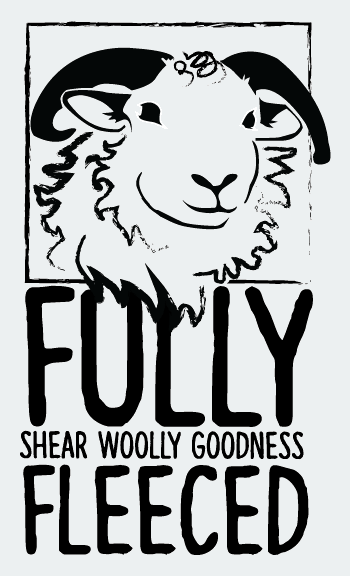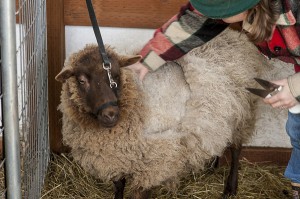Sweater design and knitting only.
Prices vary based on size & complexity of design.
See SweaterPlanningWorksheet for some design considerations.

Sweater design and knitting only.
Prices vary based on size & complexity of design.
See SweaterPlanningWorksheet for some design considerations.
As much as I love the natural color wools,,,
I do sometimes crave a shot of dyed mohair to add some spice.
So I got busy with the carder.
Here they are in different light.
Griff’s lightest wool is kind of oatmeal-colored, and makes such a nice base for blending and showing off different colors. Lots of nice crimp, too, so it gives the yarn a lot of body, despite the fairly high mohair content.
It’s like wool candy.
Mmmmmmm.
And here is the Coincidental Cowl and Mitts set that I finished this week-
Turned out pretty cute I think, but they weren’t really meant to be a set.
A couple of single skeins were just hanging out in my bag, and happened to get together.
It’s all pretty casual.

The boys are shorn in the spring using old-fashioned hand shears in the spring, and sometimes again in the fall. I take it slow and and try hard to keep the guys comfortable and stress-free.Sometimes this means letting someone walk around around half-shorn for a while if they get antsy and uncooperative.